Authenticity and Reflections
Every brand talks about authenticity. However, somewhere between polished campaigns and buzzword-heavy mission statements, the word lost its meaning.
Authenticity isn’t a trend or a tone. It’s a mirror.
It reflects what your company believes when no one’s watching, how your people behave when the camera’s off, and whether your message matches your reality. When those things align, you don’t have to say you’re authentic. People feel it.
The Problem with “Performing” Authenticity
Too many treat authenticity like an aesthetic. They chase relatability with the same energy they used to chase perfection. A few casual photos, some behind-the-scenes posts, a heartfelt caption.
But audiences can tell the difference between honest transparency and curated vulnerability. According to a Stackla study, 86% of consumers say authenticity is a key factor in deciding which brands they support. The catch? You can’t fake it for long. Sooner or later, the cracks show.
Clarity Is the Foundation of Trust
Real authenticity starts with knowing who you are, what you stand for, and what you won’t compromise on. That kind of clarity simplifies everything. You don’t need to workshop your tone every time you post or debate whether a trend “fits.” You already know what fits, because it fits who you are.
You also have to be willing to show the messy parts. When something goes wrong, own it. When you’re figuring something out, say so. People don’t expect brands to be perfect, but they do expect them to be honest.
It Starts Inside, Not in Marketing
Authenticity is created in your culture, your customer interactions, and your everyday decisions. Marketing just amplifies what’s already there.
So maybe the better question isn’t “How do we sound more authentic?” Maybe it’s “How do we become a company worth believing?”
